Despite fewer new addiction cases worldwide, a sweeping analysis finds drug-related deaths surging, exposing critical failures in global harm-reduction and recovery systems.
Study: The evolving burden of drug use disorders: a…

Despite fewer new addiction cases worldwide, a sweeping analysis finds drug-related deaths surging, exposing critical failures in global harm-reduction and recovery systems.
Study: The evolving burden of drug use disorders: a…
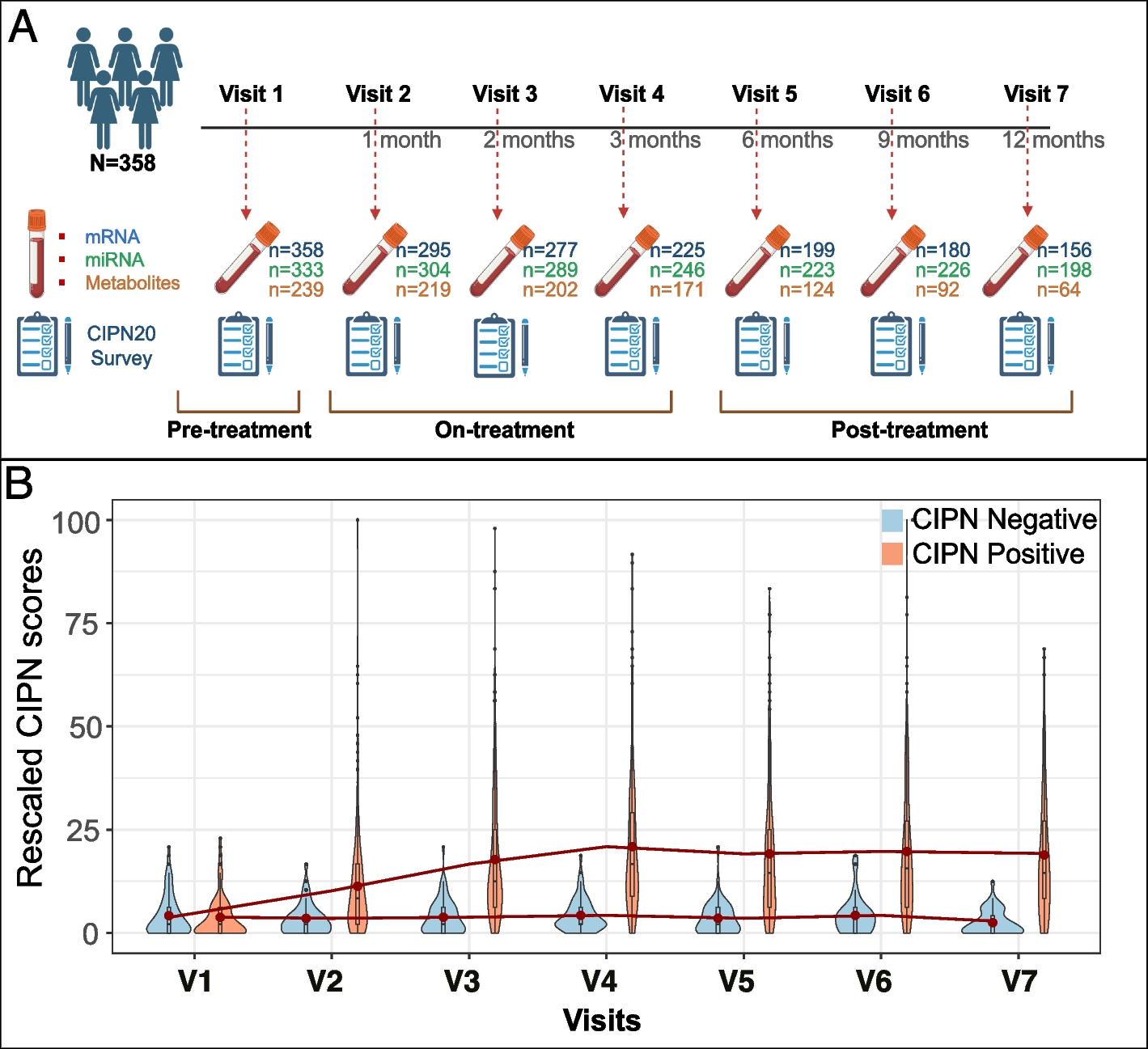
Study enrollment was performed from January 2021 to February 2024. The study cohort comprised participants with a median age of 53 years (Table 1). The racial distribution was predominantly White (83.7%), followed by Black…
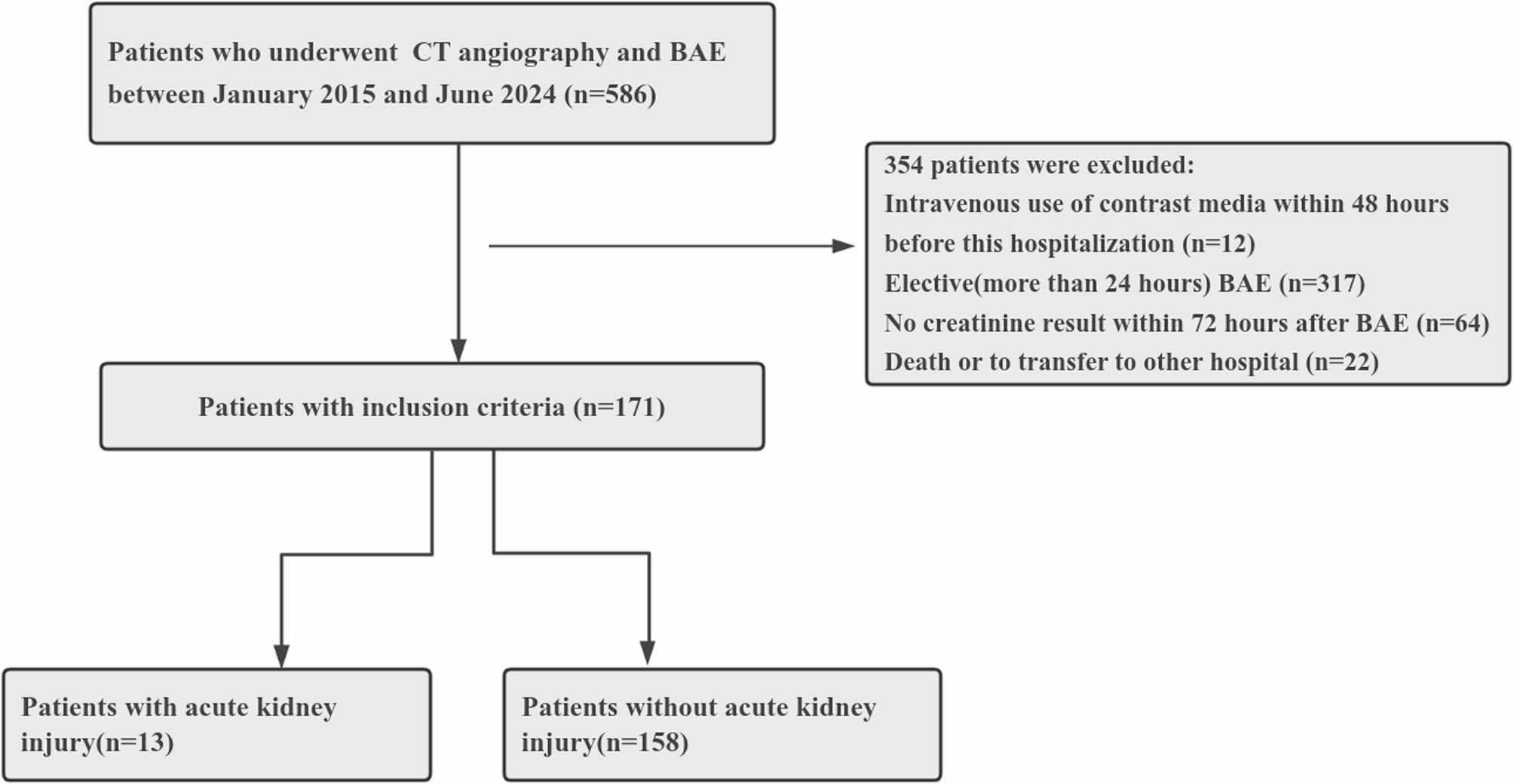
In this retrospective study, we found that the incidence of CA-AKI was 7.6%(13/171) in patients with hemoptysis treated with concomitant CTA and BAE within a short time (24 h). In addition, a proportion of those patients were known to have risk…

A SECONDARY analysis of the TRAILBLAZER-ALZ 2 trial has revealed that reduced posttreatment amyloid burden following donanemab administration is strongly correlated with slower clinical decline, reinforcing the therapeutic promise of donanemab…
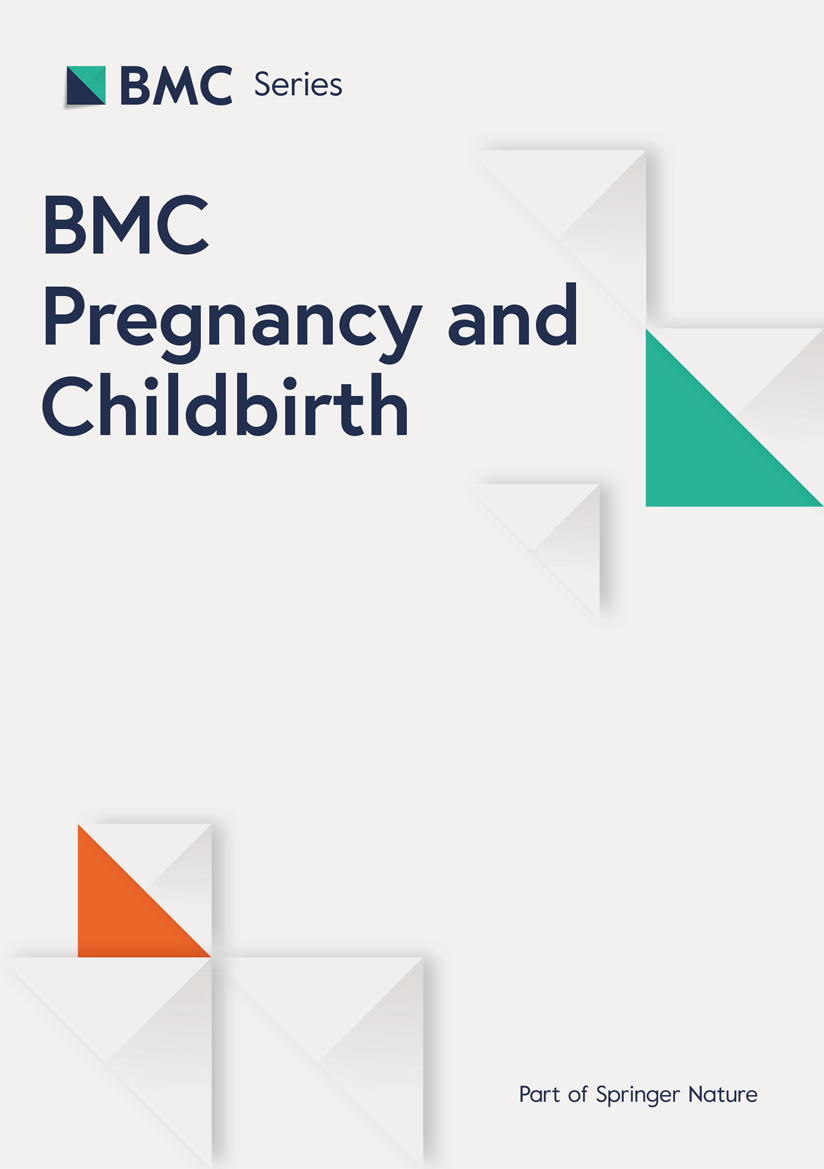
This study was a secondary analysis of the Black Mothers’ Mental Wellness Study [12], a web-based survey that used a cross-sectional design to examine the relationships between racism and perinatal mental health among Black women living…
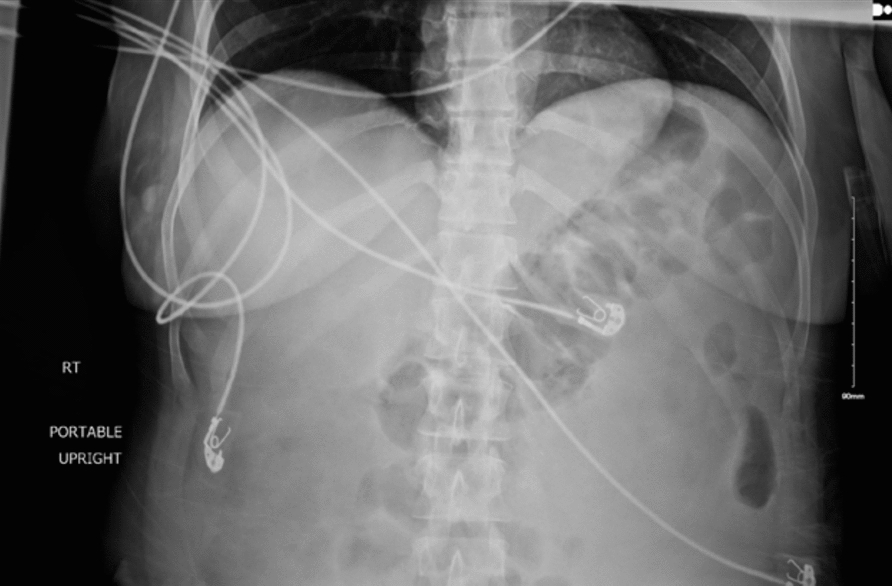
A 48-year-old Hispanic female patient presented to the Emergency Department (ED) for hematemesis for the past 2 days associated with generalized weakness, abdominal pain, nausea, and subjective fevers. The patient’s initial vital signs were…
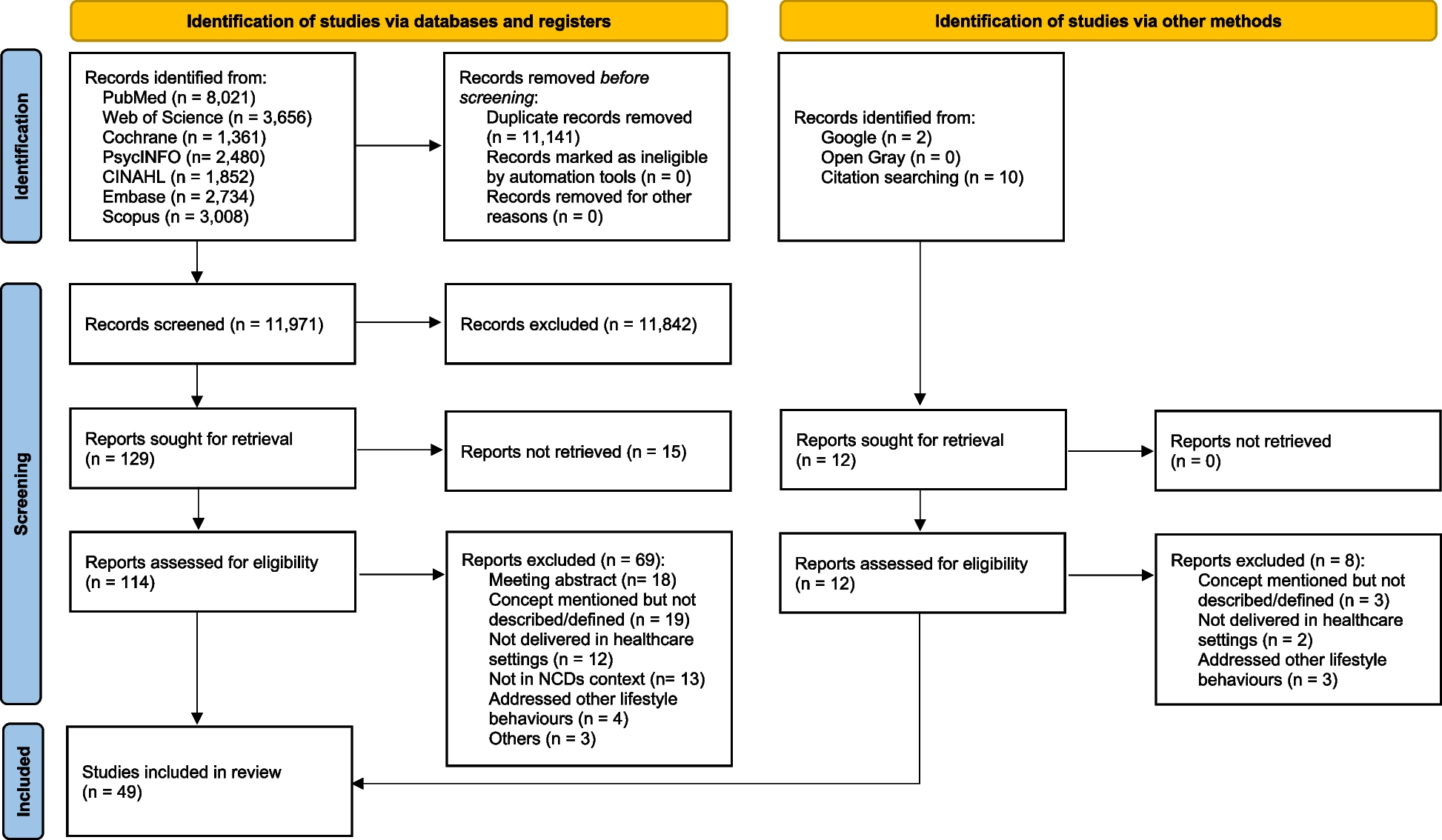
The initial search yielded 23,124 articles, of which 23,112 were identified from the bibliographic databases and 12 were identified in Google Scholar and citation searching. After the three-step screening process, we finally…
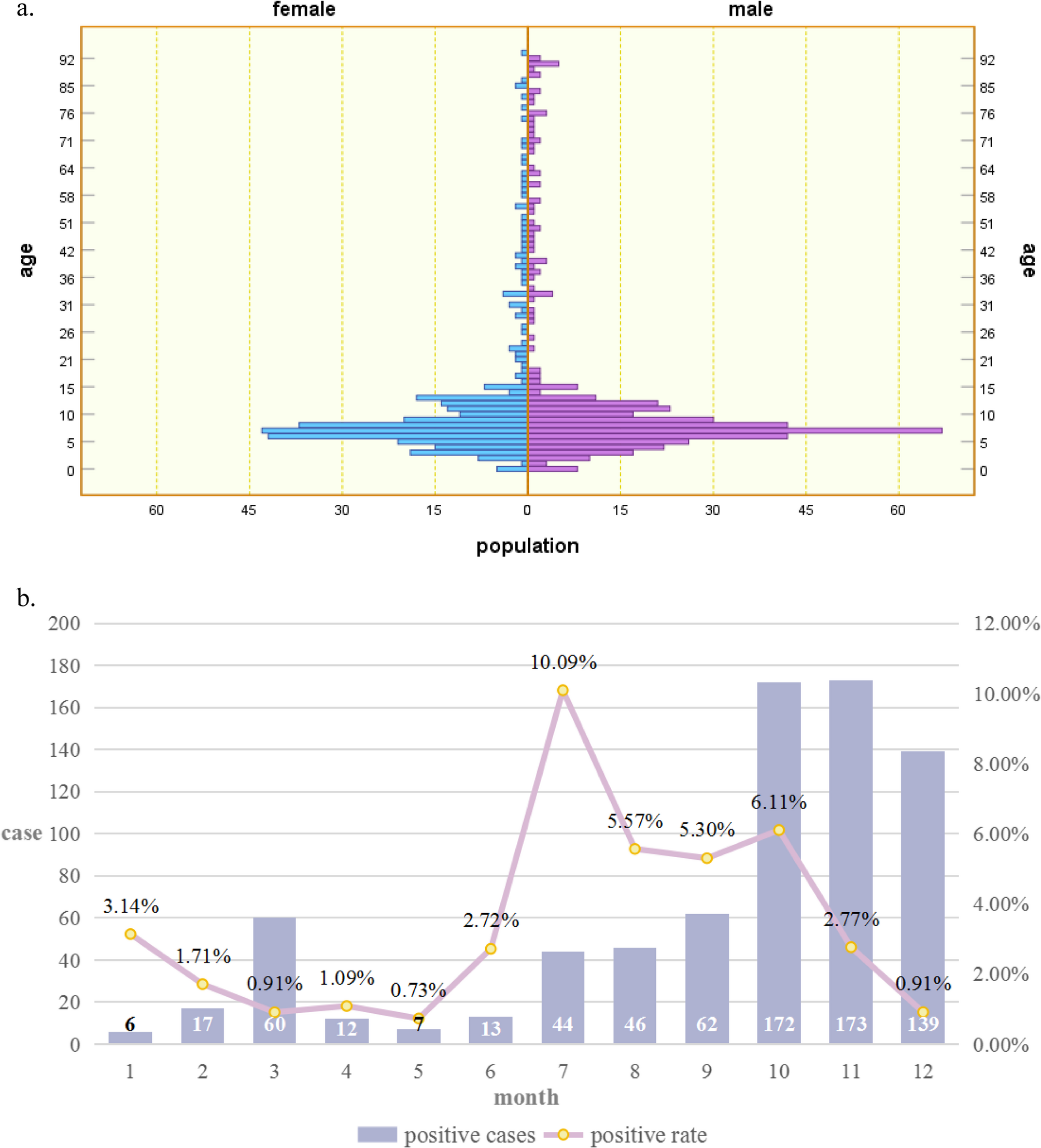
In 2023, there were a total of 37,017 MP-related tests conducted, with an overall positive rate of 2.03%. Of those testing positive, 415 were male (55.26%) and 336 were female (44.74%). As illustrated in…
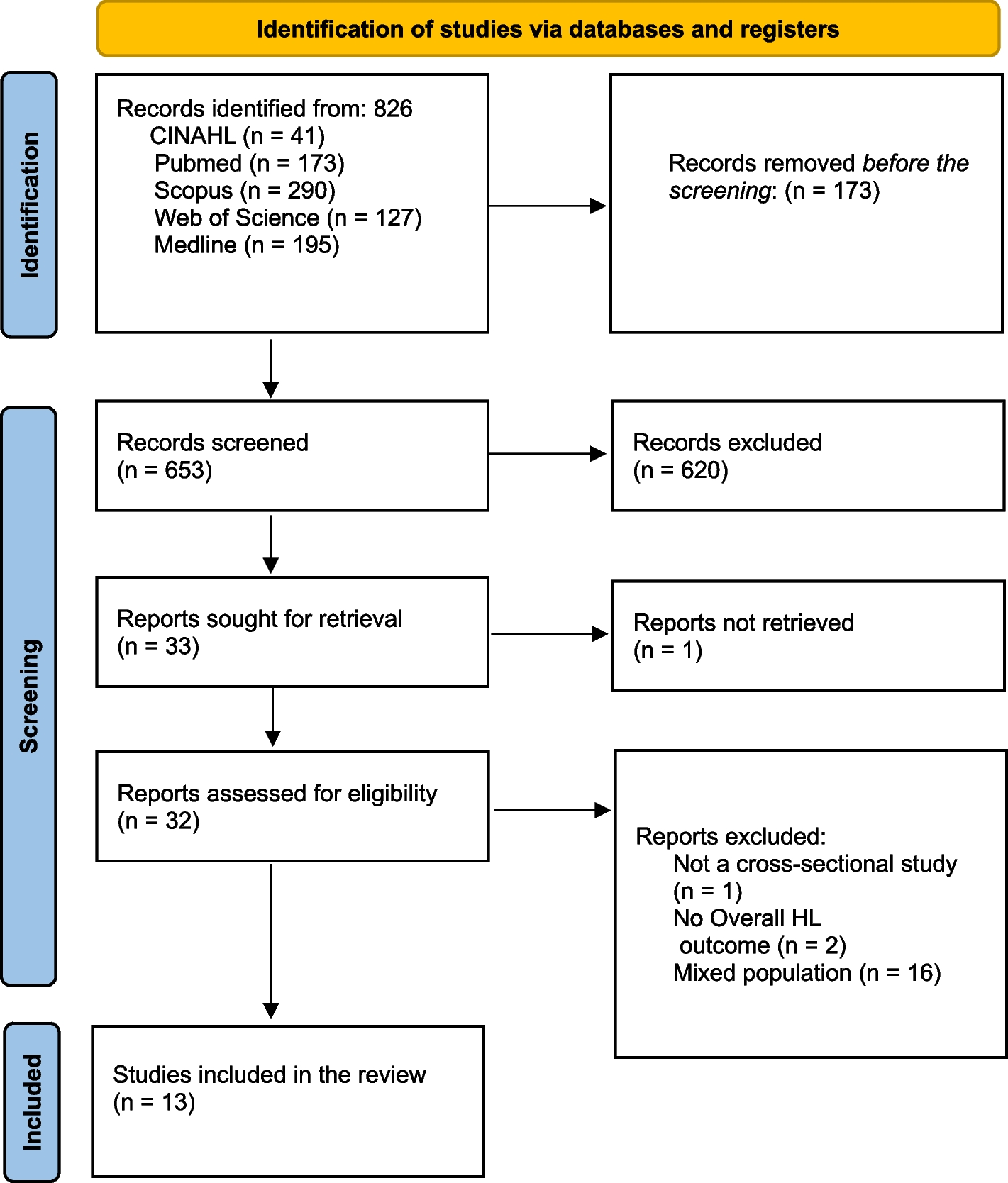
Sørensen K, Van den Broucke S, Fullam J, Doyle G, Pelikan J, Slonska Z, et al. Health literacy and public health: a systematic review and integration of definitions and models. BMC Public Health. 2012;12:1–13.
…